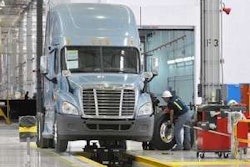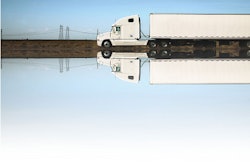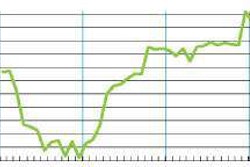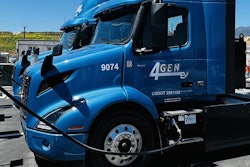PeopleNet, a provider of integrated onboard computing and mobile communications systems for fleet management, and Vusion, its data integration and analytics company, announced at the Truckload Carriers Association’s Annual Convention being held in Kissimee, Fla., that they are nearing completion of a fuel theft detection system.
“To help mitigate the negative effect that the recent quick rise in fuel costs is having on fleets, we have accelerated enhancements to our fuel theft detection processes,” said Thomas Fansler, Vusion president. “Fleets need a solution that maintains their flexibility in choosing fuel providers and which provides coverage at all fueling locations.”
With Vusion’s fuel theft detection and PeopleNet’s onboard computer connected to the J1939 bus, fleets will be able to track pre-and post-transaction fuel tank levels without the cost of additional hardware. Vehicle data is integrated with fuel purchases for instant verification that the entire purchase was deposited into the truck.
After the driver pulls up to the fuel pump and turns off the tractor, the PeopleNet system detects the “Ignition Off” event and immediately captures and stores the tank level. When the driver restarts the tractor after fueling is complete, PeopleNet records the “Ignition On” tank level and transmits the tank-level readings for each event. Vusion receives, processes and aligns electronic fuel-purchase data with the tank size and calculates tank-level changes.
For immediate notification of fuel theft, Vusion creates an Excess Fuel alert when the volume of fuel purchased (reported in gallons) exceeds the net change in fuel recorded by the onboard computer. The system also detects tank-level changes due to siphoning and through continuous monitoring captures tank level changes even when the driver fails to turn off the truck prior to fueling. Additional enhancements will include pre-authorization of purchase amounts in order to limit authorizations to the net available tank capacity.











